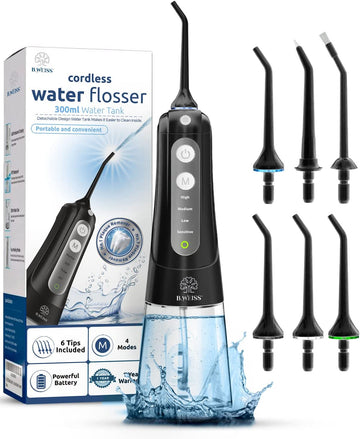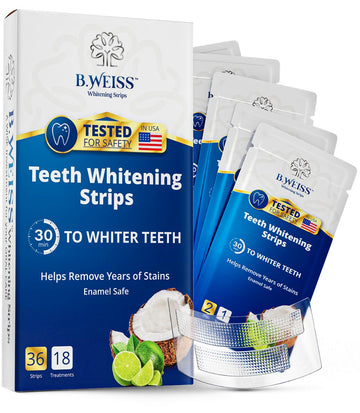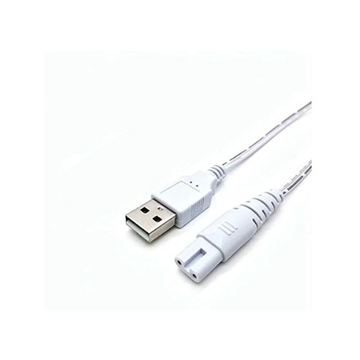Can Cleaning Your Retainer Help Control Bad Breath?
Introduction
Cleaning your retainer can help control bad breath, and using a purple persulfate-free retainer cleaner is key. This cleaner effectively removes bacteria and buildup without harsh chemicals, ensuring your retainer stays fresh. By using a persulfate-free cleaner regularly, you can maintain good oral hygiene and keep bad breath at bay.
1. The Link Between Retainers and Bad Breath: Unveiling the Connection
-
Bacterial Residue on Retainers:
- Retainers, like any oral appliance, can harbor bacteria and plaque over time. When left unchecked, these residues contribute to bad breath.
-
Retainer-Induced Dry Mouth:
- Wearing a retainer can sometimes result in a dry mouth. Reduced saliva flow can create an environment conducive to bacterial growth, leading to an unpleasant odor.
2. The Role of Retainer Cleaning in Bad Breath Control
-
Eliminating Bacterial Growth:
- Regular cleaning of your retainer helps eliminate bacterial growth, preventing the development of bad breath. This is particularly crucial as bacteria thrive in warm, moist environments.
-
Removing Plaque Buildup:
- Plaque accumulation on retainers is a common culprit behind bad breath. Consistent cleaning ensures the removal of this buildup, maintaining oral freshness.
3. Tips for Effective Retainer Cleaning: A Breath of Fresh Air
-
Daily Rinsing:
- Initiate your routine with a daily rinse under lukewarm water. This simple step helps remove loose debris and prepares the retainer for a more thorough clean.
-
Gentle Brushing:
- Employ a soft-bristled toothbrush dedicated to your retainer. Gently brush the surface to remove visible residue, focusing on areas prone to buildup.
-
Soaking for Deep Cleaning:
- Regularly soak your retainer in a cleaning solution. This deep-cleaning process eliminates bacteria and prevents plaque and stains. Follow the recommended soaking time for optimal results.
4. The Importance of Consistency: Making Retainer Cleaning a Habit
-
Daily Routine:
- Consistency is key to reaping the benefits of retainer cleaning. Make it a part of your daily oral care routine to ensure lasting freshness.
-
Avoiding Neglect:
- Neglecting retainer cleaning allows bacterial growth to persist, undermining your efforts to control bad breath. Stay committed to the routine for maximum effectiveness.
5. Addressing Common Concerns and FAQs
-
Can a Clean Retainer Solve Persistent Bad Breath?
- While retainer cleaning contributes significantly, persistent bad breath may have other underlying causes. It's essential to address any chronic halitosis concerns with your dentist.
-
Is Soaking Necessary Every Day?
- Daily soaking may not be necessary, but it's generally recommended at least a few times a week for a thorough clean and optimal bad breath control.
Conclusion
In conclusion, the correlation between retainer cleanliness and bad breath control is evident. By incorporating simple yet effective cleaning practices into your daily routine, you not only maintain the freshness of your retainer but also contribute to a more confident and pleasant oral experience. Consistency is the key to unlocking the full potential of retainer cleaning in combating bad breath and ensuring a breath of fresh air in every social interaction.
Are you currently using or thinking about using retainer cleaning tablets? It's important to be aware that certain cleaner brands have the potential to cause toxic reactions.
It's crucial to be aware of harmful ingredients hiding in common cleaner brands. One such persulfate, which can pose SERIOUS health risks and is found in almost all leading retainer cleaners brands. Moreover, persulfate's health risks potentially impact respiratory health and skin sensitivities in your family, especially in teens and sensitive individuals. Learn more about the risk of persulfate HERE.
Disclaimer:
The content in this article is for informational purposes only and is not a substitute for professional medical advice. Always consult with a healthcare provider before making any changes to your health regimen. The author and publisher do not take responsibility for any consequences resulting from the information provided in this article.





